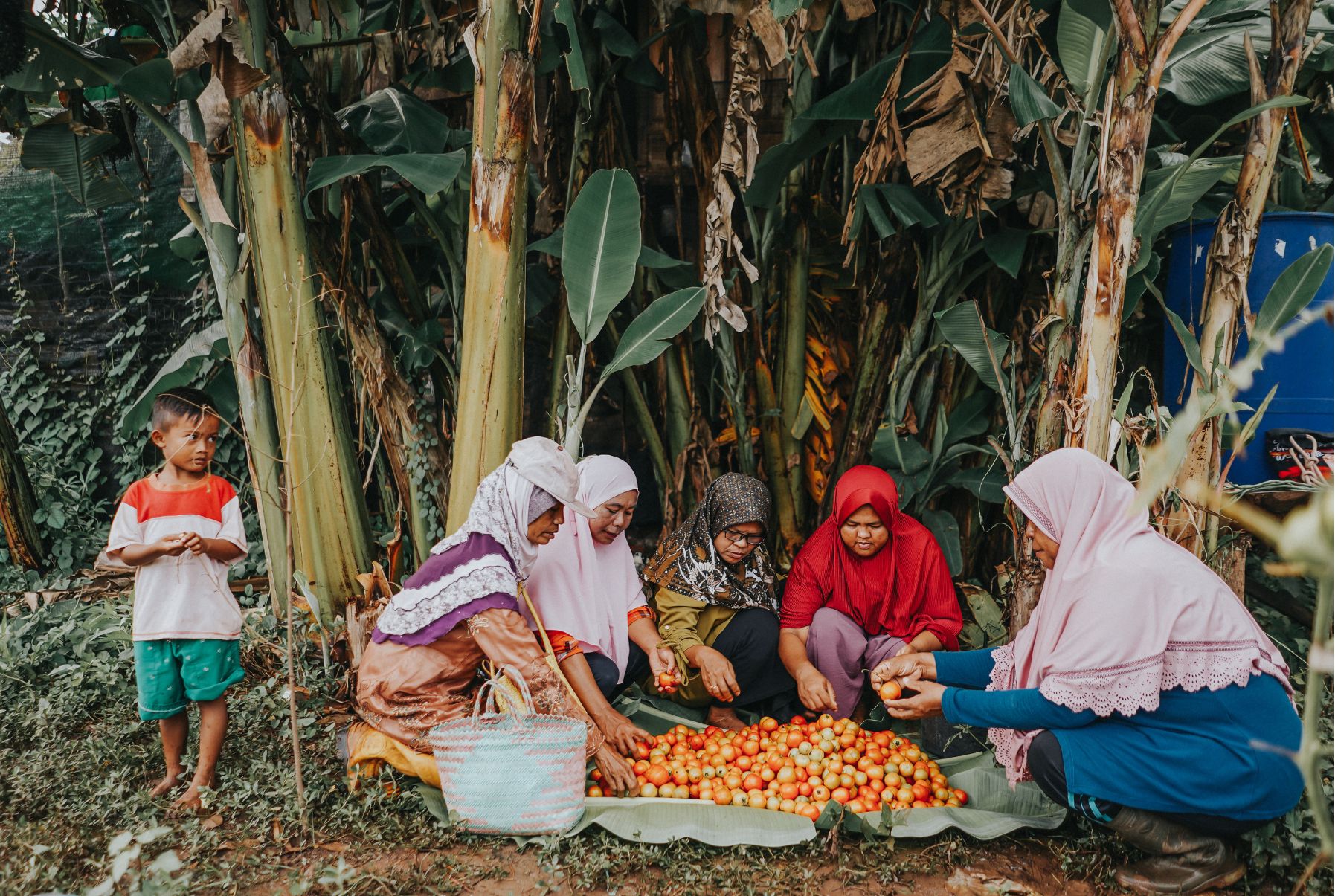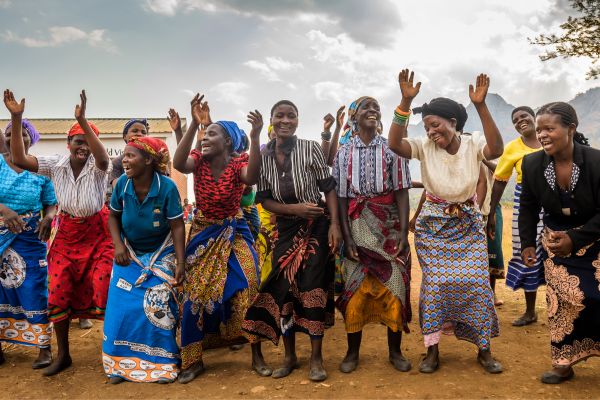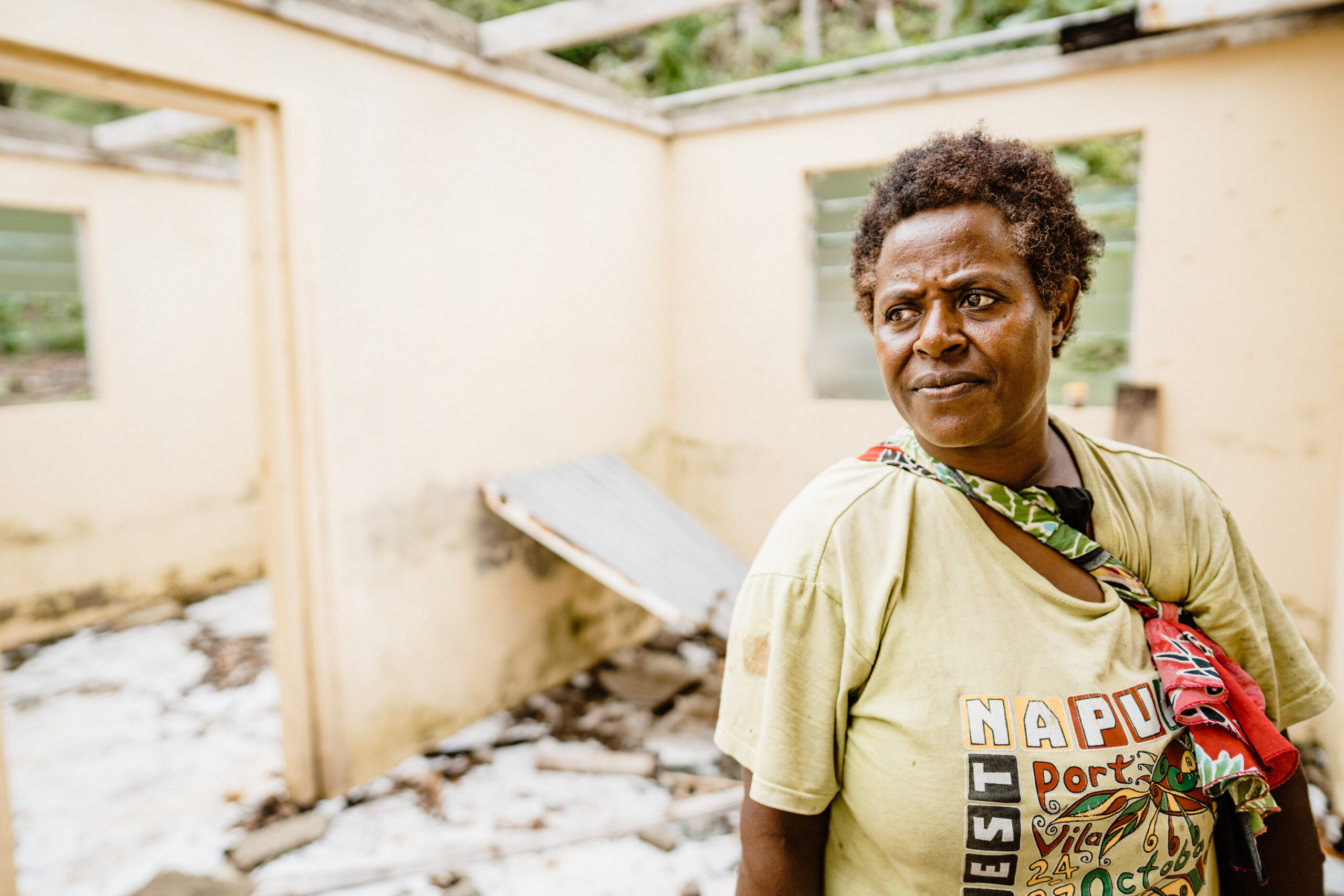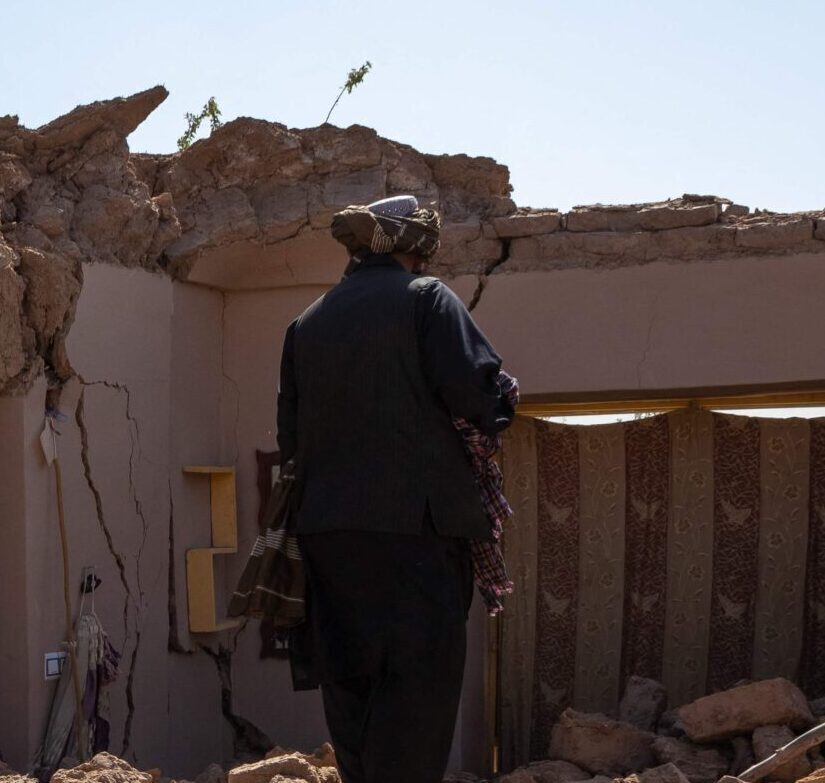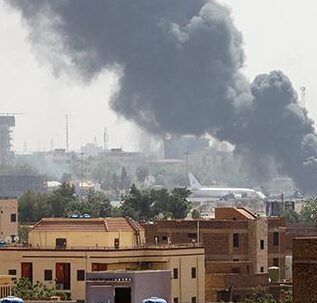ACFID has released our analysis of the 2024-2025 Federal Budget as it relates to Australia’s development and humanitarian assistance.
A small amount of additional funding was announced for Australia’s development program, but this was only enough to see the development budget flatline into the future. The Government needs to invest more in the basics of development.
Australia’s aid budget is static in real terms while the Asia-Pacific region is way off track to achieve the SDGs. We are going backwards on eradicating extreme poverty. There must be a plan and pathway to scale up Australian aid to reach the Government’s target of 0.5% of Gross National Income (GNI) as Official Development Assistance. Currently, Australia contributes just 0.19% of GNI.
We acknowledge the important announcement of new funding for climate initiatives in the Pacific and for the Green Climate Fund (GCF) in this budget. However, the lack of new funds to respond to soaring global humanitarian crises is disappointing.
We also note that the 2024-2025 budget sees more funding allocated to the Pacific. This includes a staggering 407% increase in ODA to Tuvalu, attributable to the Government’s announcement of $110m in ODA and non-ODA support following the signing of the Falepili Union treaty in late 2023. We also saw solid increases for Fiji, Indonesia, Palau, Papua New Guinea and Timor-Leste.
Our analysis in full can be found here.
